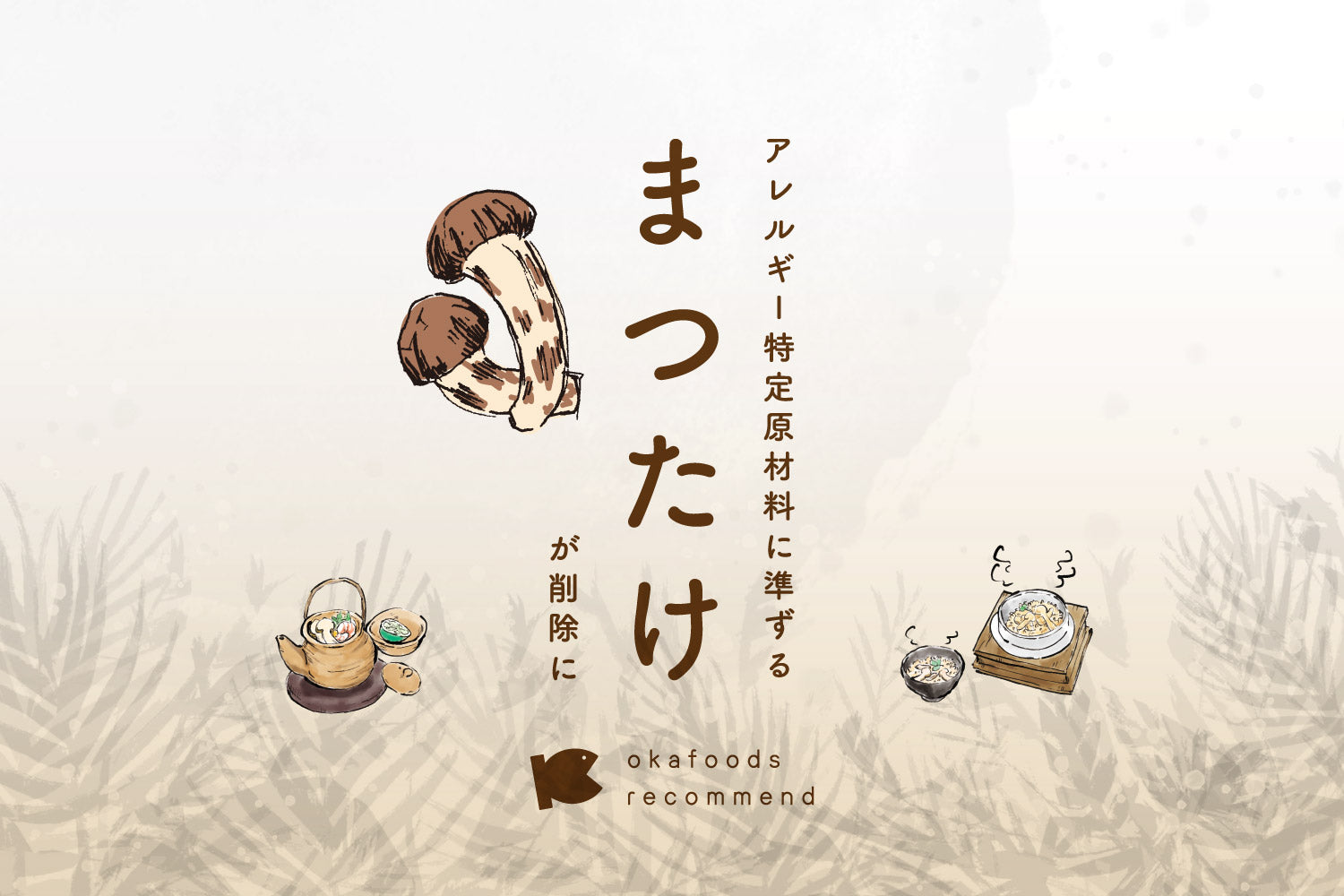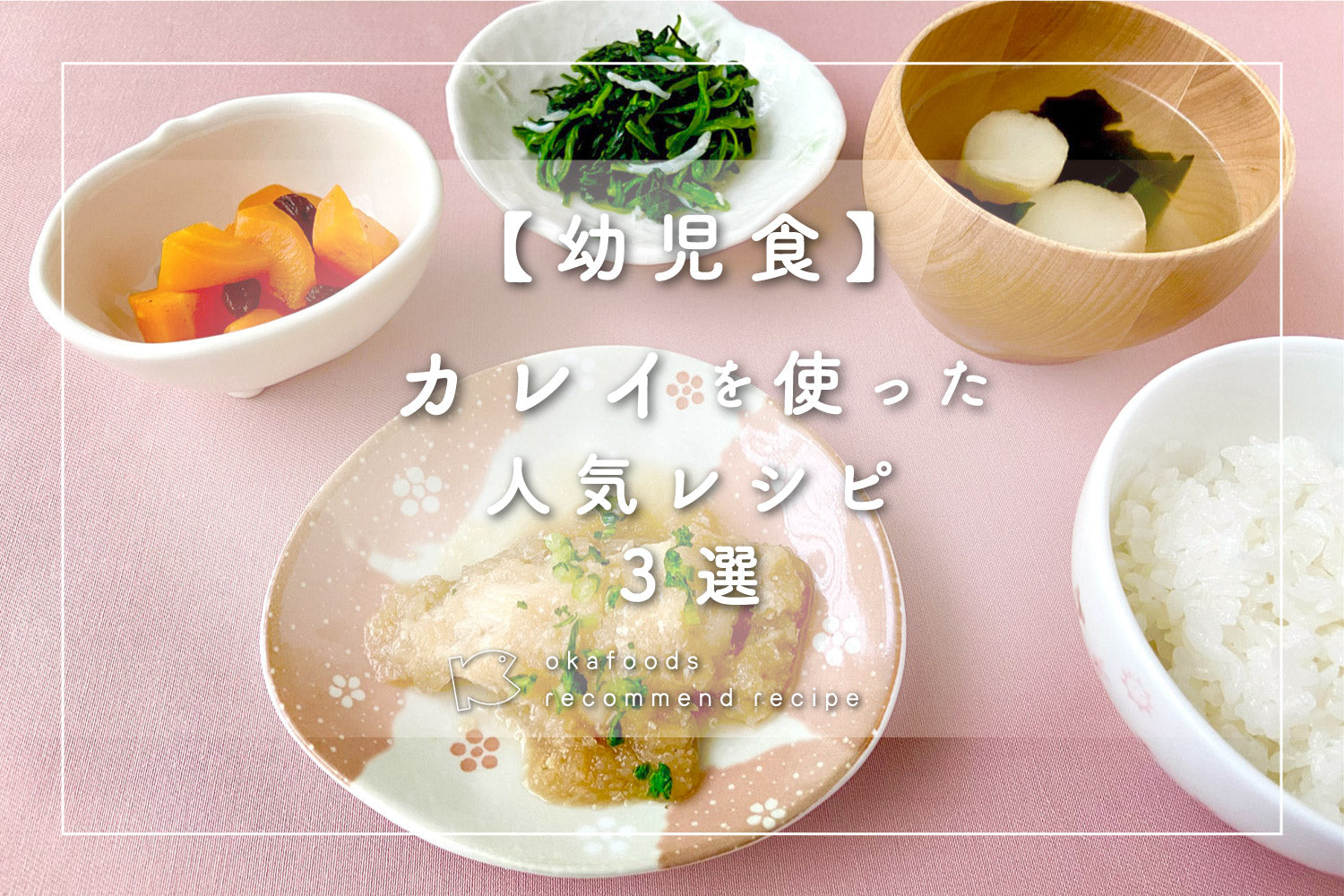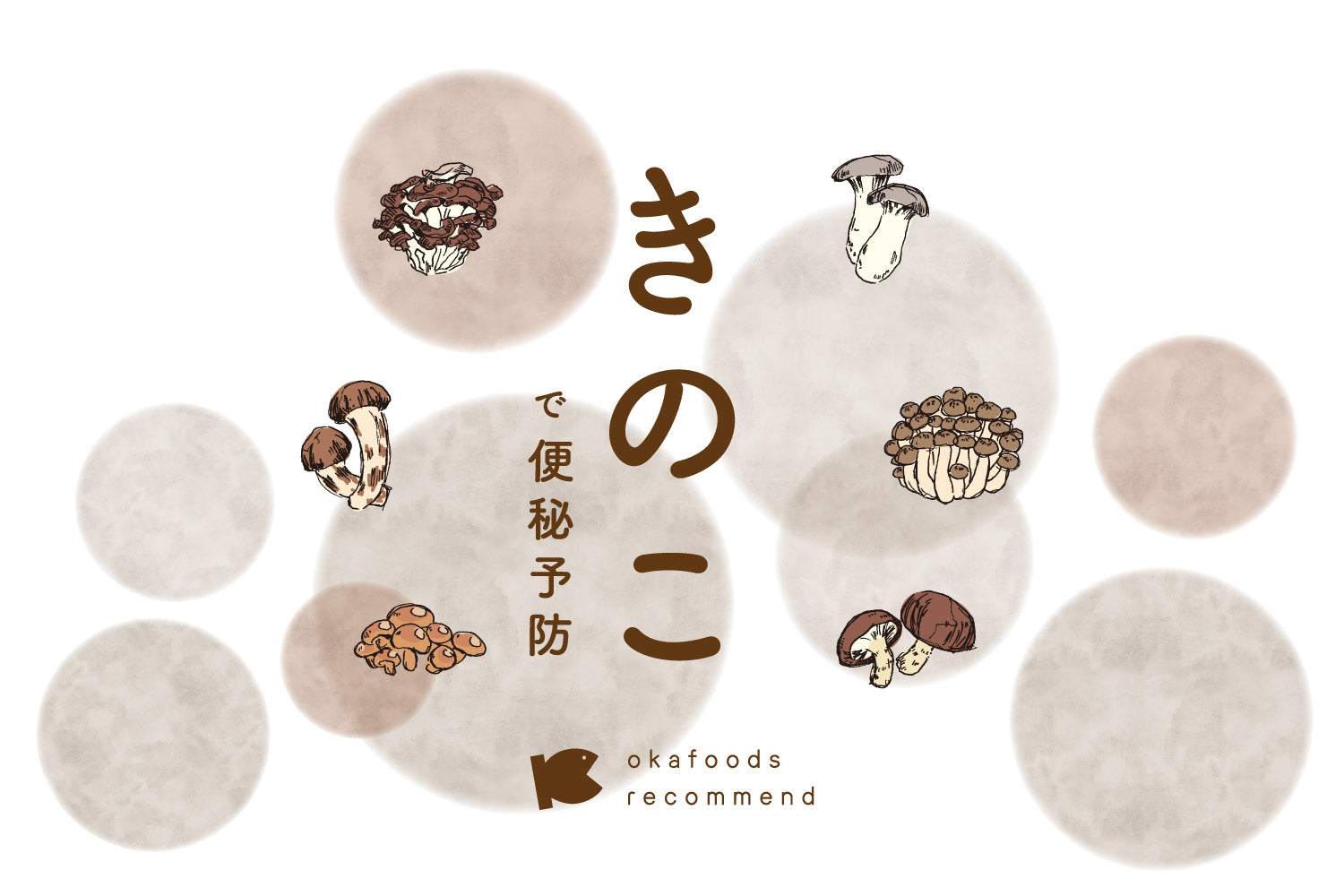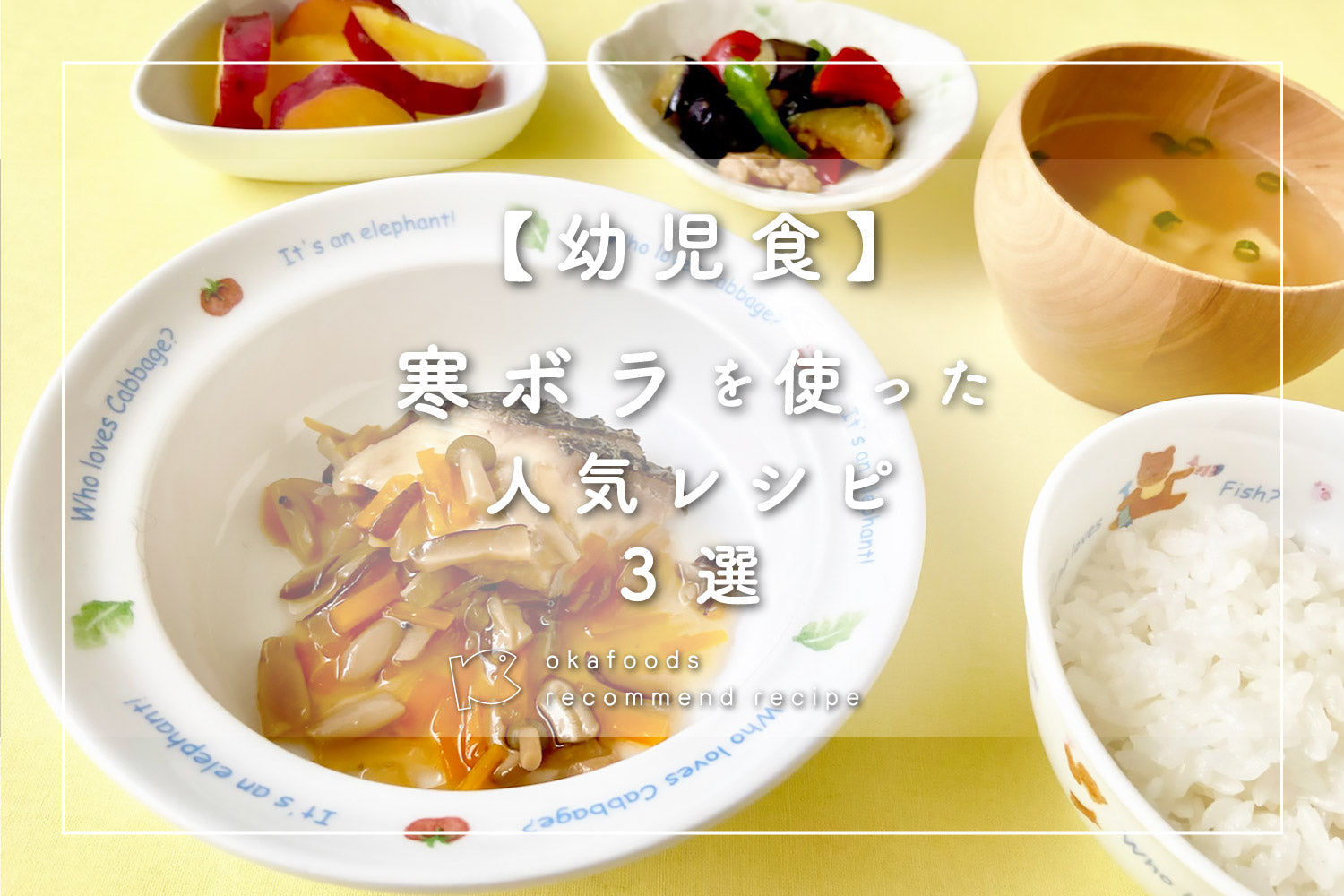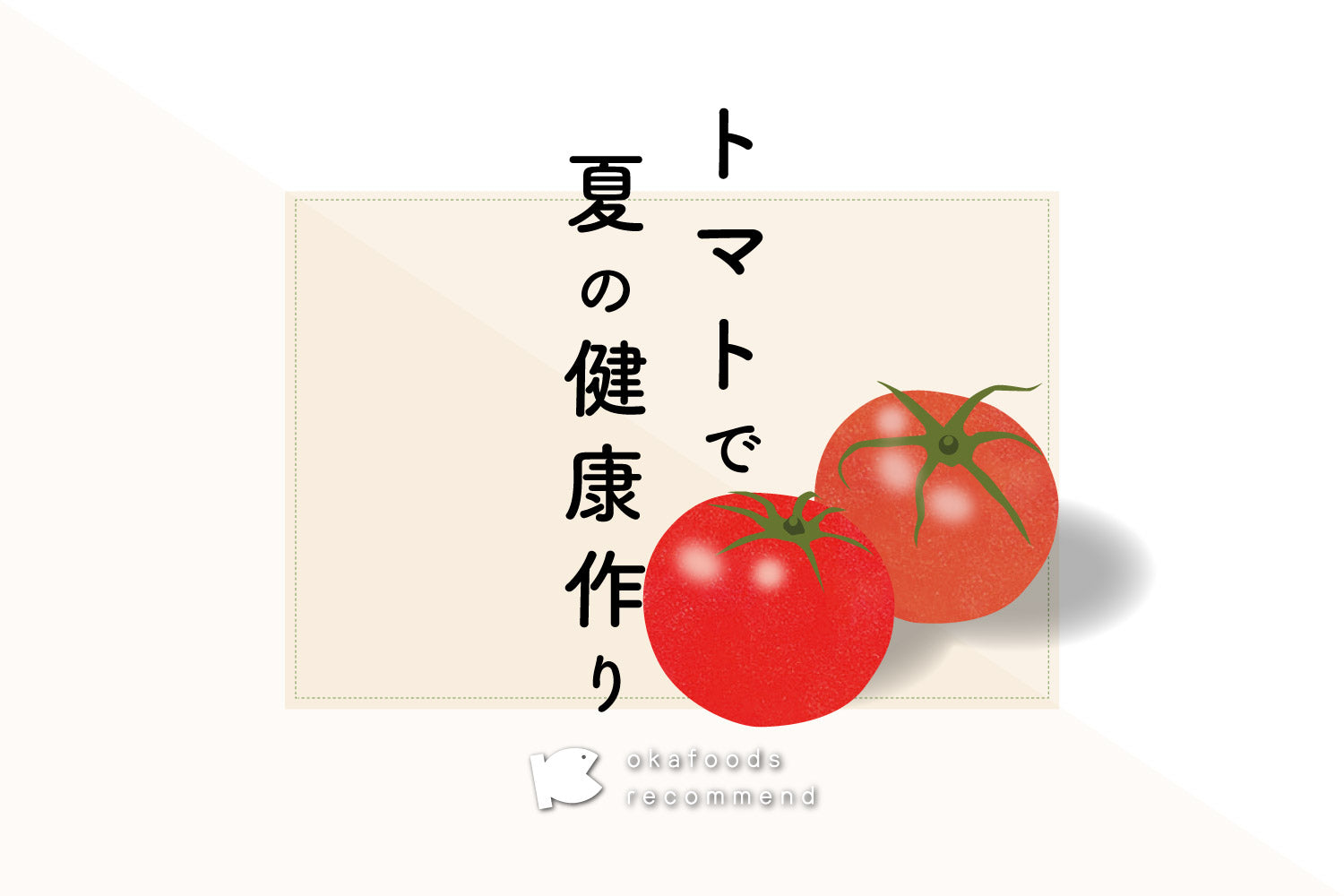The season of Tanabata has arrived, with paper strips tied to bamboo leaves swaying in the wind.
Somen noodles are an essential food for the Tanabata festival.
There are several theories about the origin of somen noodles on Tanabata. One is that somen noodles represent the threads used by Orihime, one of the main characters in the Tanabata legend, who was a skilled weaver, or that they originated from a food introduced from China.
Either way, it's a refreshing somen noodle dish that evokes the image of the Milky Way shining in the summer sky on Tanabata.
Today's contents: "Tanabata and Somen"
Contents
Tanabata and Somen
text
There are several theories about the origin of somen noodles on Tanabata. One is that somen noodles represent the threads used by Orihime, one of the main characters in the Tanabata legend, who was a skilled weaver, or that they originated from a food introduced from China.
Either way, it's a refreshing somen noodle dish that evokes the image of the Milky Way shining in the summer sky on Tanabata.

Contents
"Somen" and "Hiyamugi"
text
Now, returning to reality, I went to the dried noodle section to buy some somen noodles and saw that somen noodles, which are very similar to hiyamugi noodles, were also displayed there.
They don't look much different, but are there any differences between these two dried noodles?

The raw material for both somen and hiyamugi is wheat flour. There are two ways to make somen: the traditional hand-made "tenobe somen" method, and machine-made methods. It is said that oil is used in somen, but this is because hand-made somen takes time, and during this time the surface dries out, making it difficult to roll out, so oil is applied to prevent it from drying out. It is often thought that oil is kneaded into the dough itself, but this is not the case. After oiling the surface, the dough is stretched into very thin strips and dried. However, machine-made somen does not use oil, and there is no difference between it and hiyamugi.
The JAS (Japanese Agricultural Standards) specifies that the thickness of somen noodles must be less than 1.3 mm. The JAS standard for the thickness of hiyamugi noodles is 1.3 mm or more and less than 1.7 mm. The obvious difference is the thickness. The two dried noodles are very similar, so to make it easier to tell the difference, "Hiyamugi" was packaged with colored noodles.
Contents
Somen noodles are a great ally when it comes to arranging dishes
text
Both are thin and easy to swallow, so they are recommended for people with small appetites.
If you are in a hospital, it might be a good idea to say, "Let's try changing your staple food to somen noodles."
Also, if you cut it to length, young children will be happy to include it in their menu.

Another advantage of somen is that it can be easily adapted to suit your taste, not just Japanese recipes, but also Italian-style by adding chopped tomatoes, or Chinese-style dandan noodles by topping them with minced meat stir-fried in sesame oil.Somen is a dried noodle that can be stocked up, making it a great ally for school lunches.
Contents
[Event food]
Deep fried mackerel in sweet and spicy sauce
Served with somen noodles with shredded egg
text
Japanese-style fish dishes are perfect for the Tanabata ceremonial food.
Rich flavor
It pairs well with somen noodles, and the vegetable shapes make it a cute dish.
Menu: Somen noodles with shredded egg, Japanese-style vegetable salad, fruit (sliced watermelon)
Allergens: 8 specific ingredients that must be labeled Wheat
Allergy precautions: Substitute rice flour for wheat flour.
next
↓







